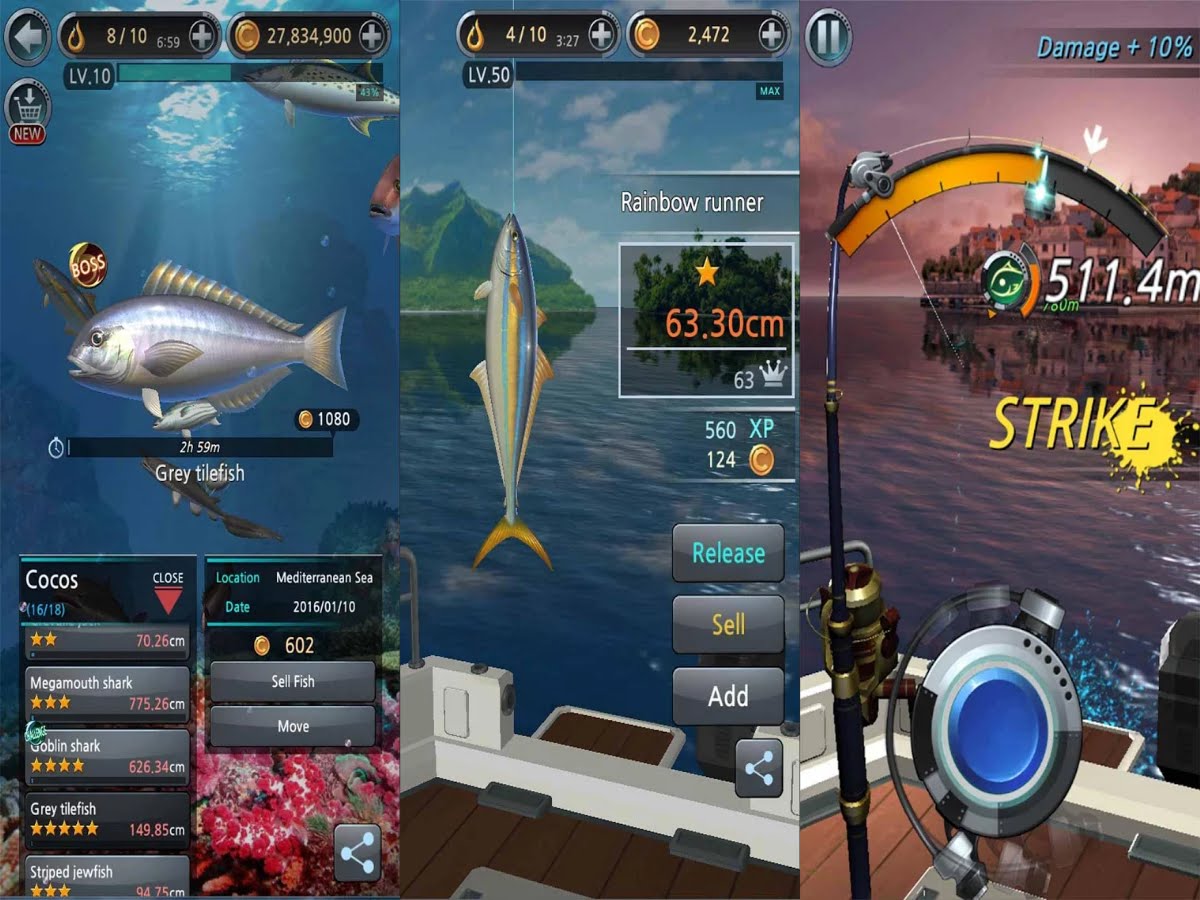
Setting the hook is one of the most fun parts of fishing. It’s important to take note of your hook gap as this dimension actually corresponds to hook size when selecting hooks for trolling lures – a good rule of thumb for lure hook selection is to closely match the diameter of your lure head with the gap of the hook.

The last part of the hook is the gap – this is the distance between the tip of the point and the body of the hook. Hook points can have barbs, which catch on the mouth of a fish as the hook is set, or they can be barbless, for fast release of gamefish. The business end is the point, which should be fairly self-explanatory. Fishing hook shanks can be straight (inline) or bent (offset) depending upon application.įollowing the shank, you’ll see the bend – this is what creates the hook gap, which we’ll come to shortly. The next part you’ll see as we continue down the hook is the shank or body – this is the long part that connects the eye to the bend. Some anglers like to use dual hooks inline with one another – this is particularly common with pre-rigged ballyhoo.

It’s also important to note that there are many different styles of eye – this can get a touch overwhelming, so we will break it down a bit below. Some specialty hooks for jigging don’t have eyes, but you would make several wraps around a flattened portion to secure the hook to your assist cord.

First, the “ring” or “eye” – this is where you’ll attach your line, it’s basically a round hole at the end of the hook.


 0 kommentar(er)
0 kommentar(er)
